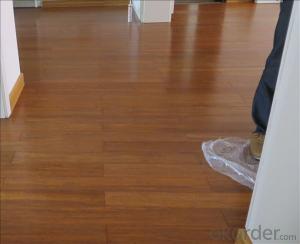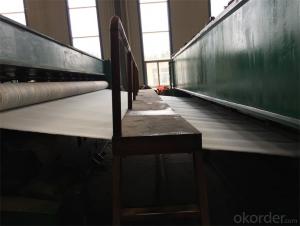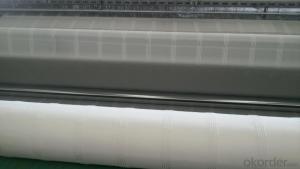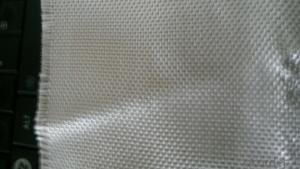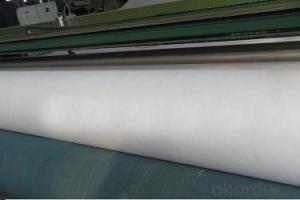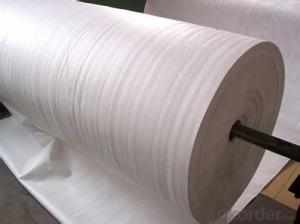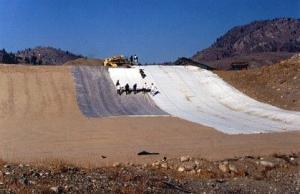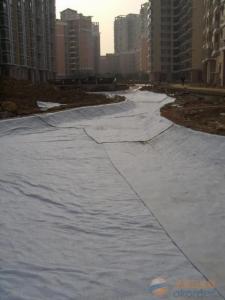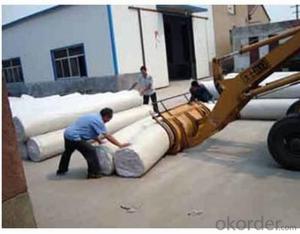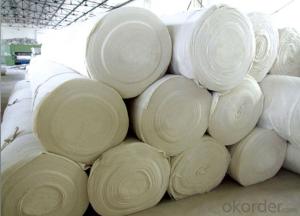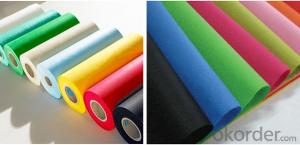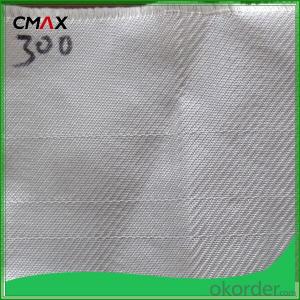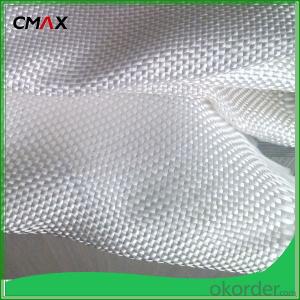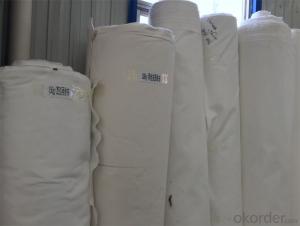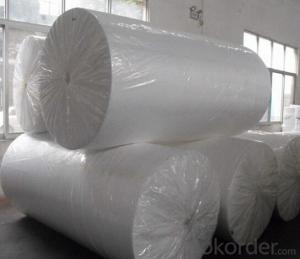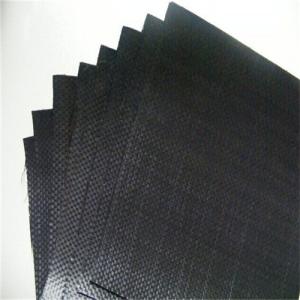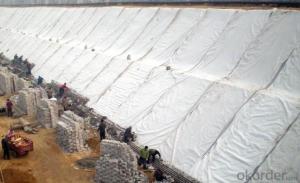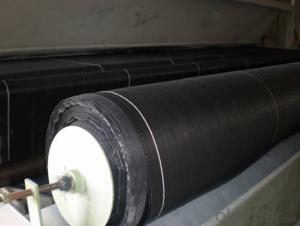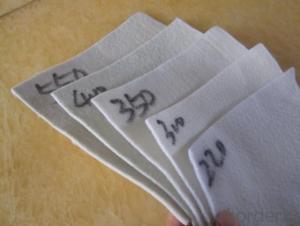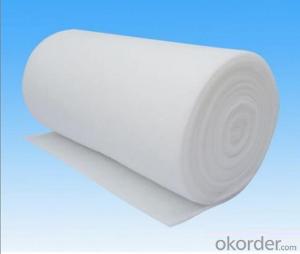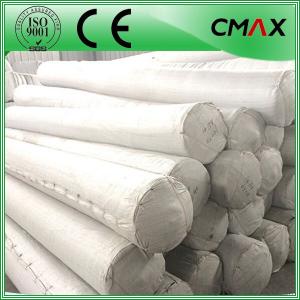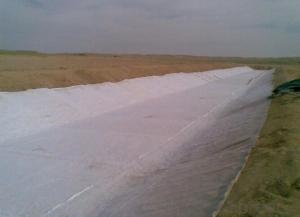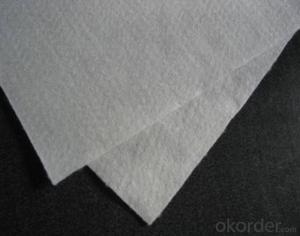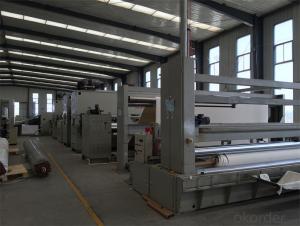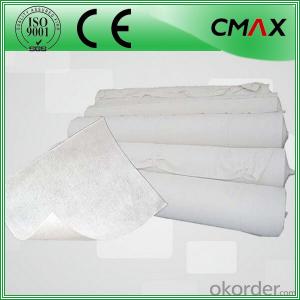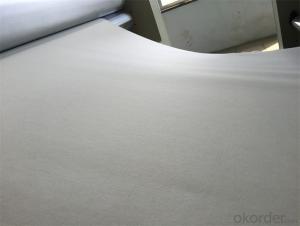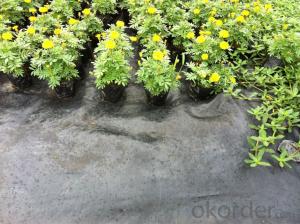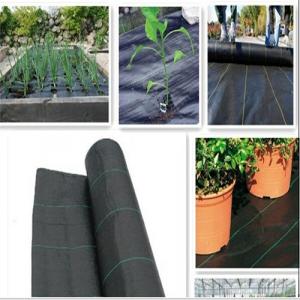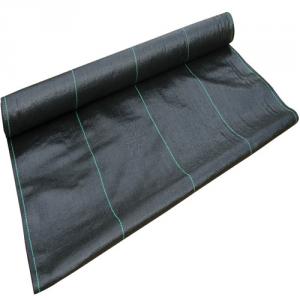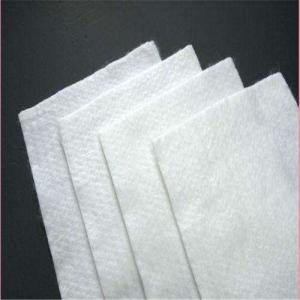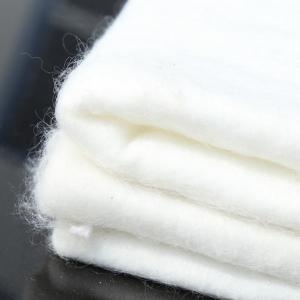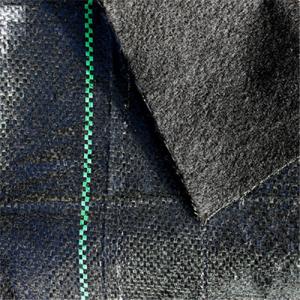Mirafi Woven Geotextile
Mirafi Woven Geotextile Related Searches
High Strength Geotextile Geotextile Mesh Non Electrical Equipment Mirafi Woven Geotextile Woven Fibreglass Geotextile Wrap Road Stud Terram GeotextileHot Searches
Large Led Screens For Sale H4 Led Headlight Bulbs For Sale Inverter Size For Solar System 6 3 Electrical Wire For Sale Used Hotel Furniture For Sale Online Used Hotel Furniture For Sale Malaysia Used Hotel Furniture For Sale Singapore Used Hotel Furniture For Sale Toronto Double Glazed Greenhouses For Sale Used Pro Audio Gear For Sale Gas Powered Core Aerator For Sale Roxul Insulation For Sale Marriott Hotel Furniture For Sale White Gazebo For Sale Japanese Garden Statues For Sale Alloy Towers For Sale Core Aerator For Sale Marriott Furniture For Sale 1 Gallon Nursery Pots For Sale Air Pump For Aquarium Buy OnlineMirafi Woven Geotextile Supplier & Manufacturer from China
Okorder.com is a professional Mirafi Woven Geotextile supplier & manufacturer, offers integrated one-stop services including real-time quoting and online cargo tracking. We are funded by CNBM Group, a Fortune 500 enterprise and the largest Mirafi Woven Geotextile firm in China.Hot Products
FAQ
- Yes, geotextiles can be used in coastal revetment works. Geotextiles are commonly used as a component in coastal revetment systems to provide erosion control and stabilization. They can help to reinforce the soil, prevent erosion, and enhance the stability of the revetment structure.
- Geotextiles are a type of geosynthetic material that is specifically designed to provide filtration, separation, and reinforcement functions in civil engineering projects. Unlike other geosynthetic materials such as geogrids or geomembranes, geotextiles are primarily used for their filtration properties, allowing water to pass through while retaining soil particles. They are typically made from synthetic fibers, which give them high tensile strength and durability. Overall, geotextiles serve a distinct purpose within geosynthetic materials, focusing on filtration and soil stabilization applications.
- Geotextiles aid in soil stabilization during foundation construction by acting as a barrier between the soil layers. They distribute loads more evenly, preventing differential settlement and improving the overall stability of the foundation. Additionally, geotextiles help to control erosion and filter water, allowing for proper drainage and reducing the risk of soil erosion.
- Geotextiles are used in landfills as a protective barrier or liner, preventing the contamination of soil and groundwater by acting as a barrier between the waste and the underlying natural environment. They help to control the flow of liquids, filter out pollutants, and provide stability to the landfill structure, ultimately enhancing environmental protection and the longevity of the landfill.
- Geotextiles help with vegetation establishment by providing a stable and favorable environment for plant growth. They act as a barrier against weed growth, erosion, and sedimentation, while allowing water and nutrients to pass through. Geotextiles also protect newly planted vegetation from wind damage and promote healthier root development, leading to successful establishment and growth of plants.
- Yes, geotextiles can be used in bridge construction. Geotextiles provide additional support, reinforcement, and stabilization to bridge structures. They help in preventing soil erosion, managing water drainage, and improving the overall stability and durability of the bridge.
- Geotextiles help with soil reinforcement in retaining wall applications by providing additional strength and stability to the soil. They are placed between the soil and the retaining wall to distribute the weight and pressure evenly, preventing excessive soil movement and potential wall failure. Geotextiles also allow water to drain freely, reducing hydrostatic pressure and preventing water accumulation behind the wall, which can weaken the soil and cause erosion. Overall, geotextiles play a crucial role in enhancing the durability and effectiveness of retaining walls by reinforcing the soil and improving drainage.
- Yes, geotextiles can be used in slope stabilization projects. They are commonly used to reinforce and strengthen slopes by providing soil stability, erosion control, and drainage. Geotextiles can effectively distribute loads, prevent soil movement, and increase the overall stability of slopes, making them a valuable tool in slope stabilization projects.
